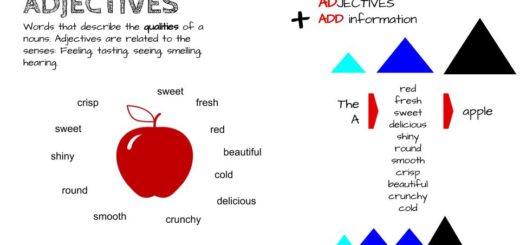Why does a sideways head movement mean “no”?
When we communicate we do so with both speech and body language. An almost universal symbol for “no” is a sideways movement of the head (or the related finger waving).
Where did this no movement or gesture come from?
Because it is so universal, it must have very long and deep roots. It is as if it is hardwired into our nervous systems.
When is the first time that we say no in our lives?
Think of an infant breastfeeding. As infants we become satiated with our mother’s milk and need to stop feeding. We refuse to drink anymore and we do that by turning our head to the side, turning away from the breast. This is the first refusal in our lives. The first time we exert control over our bodies. It happens before we even develop speech, as a head gesture.
Almost as universal as the sideways head turning to indicate no is the use of the n-sound to indicate the idea of no, negation or refusal.
Take these examples of the phrases
“John didn’t see anything”:
French: John n’a rien vu.
John didn’t eat anything.
Japanese: John-wa nani-mo tabe-*(nak)-atta.
John didn’t say anything.
German: John sagte nichts.
John didn’t help anyone.
Polish: John nie pomaga nikomu.
Again, the n-sound must have ancient and entrenched origin and meaning to be so universal.
If a baby can turn it’s head it refusal, it can also lift its tongue to the roof of its mouth to close the throat as another method of refusing food.
Pushing the tongue tightly to the roof of the mouth not only stops anything from going in, but also stops air from moving out the mouth. Instead air is directed out through the nose. When you do that you get an n-sound – a nasal consonant. [Isn’t it interesting that words related to the nose start with n?]
So it’s easy to see how the n-sound has the universal meaning of no: no, not, none, nor, nothing, nil, nobody, never, nowhere.
You can also see how common words are negated with the addition of a n. Night = no light, near = not far, neither = not either. Or more commonly with the n-sound spelled as un- as a prefix in hundreds of words, like unhappy, unemployed, unfortunate, unloved, undone, unappreciated, unearthed, unsaid, etc.
Side note: Pushing the tongue to the roof of the mouth also puts pressure on the taste buds and enhances our sense of taste or flavor. Thus when something tastes good we say “num” or “yum” with a similar nasal y-sound being produced to create a similar effect.













